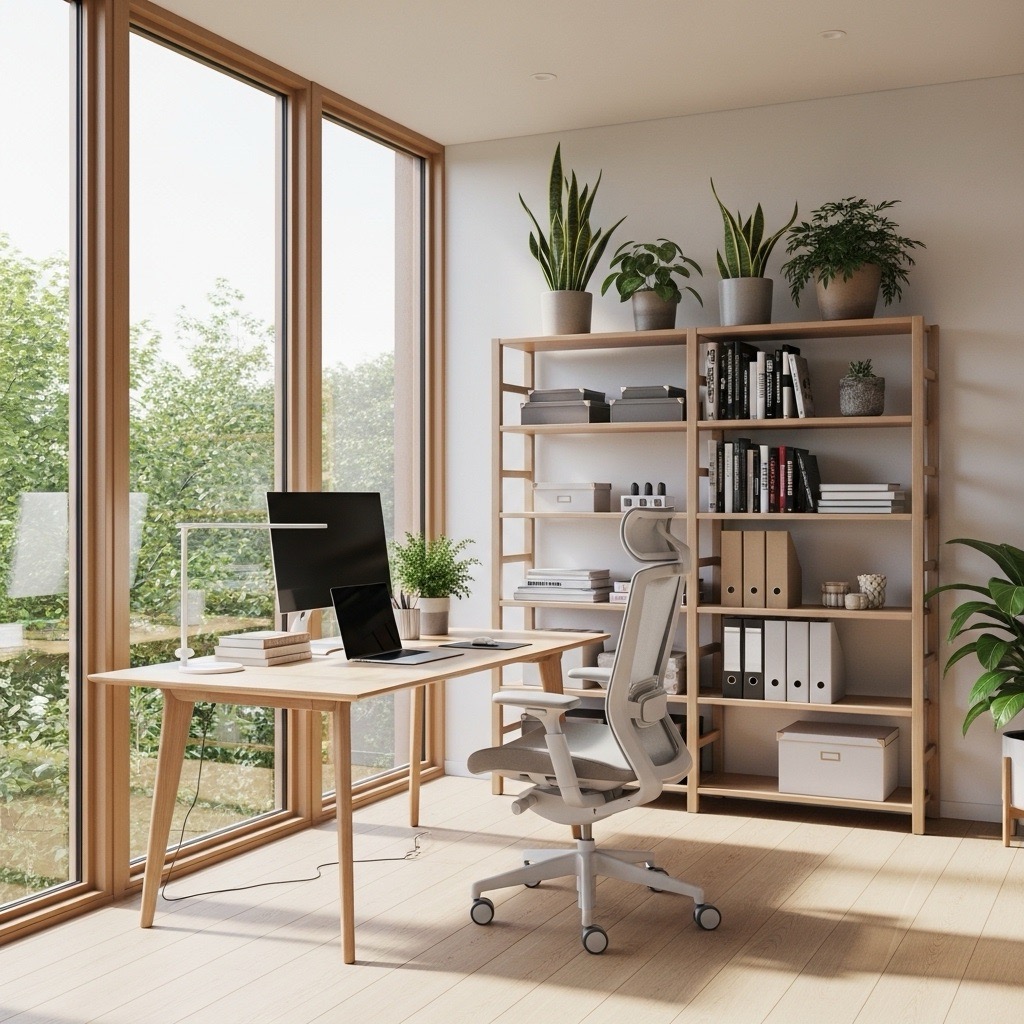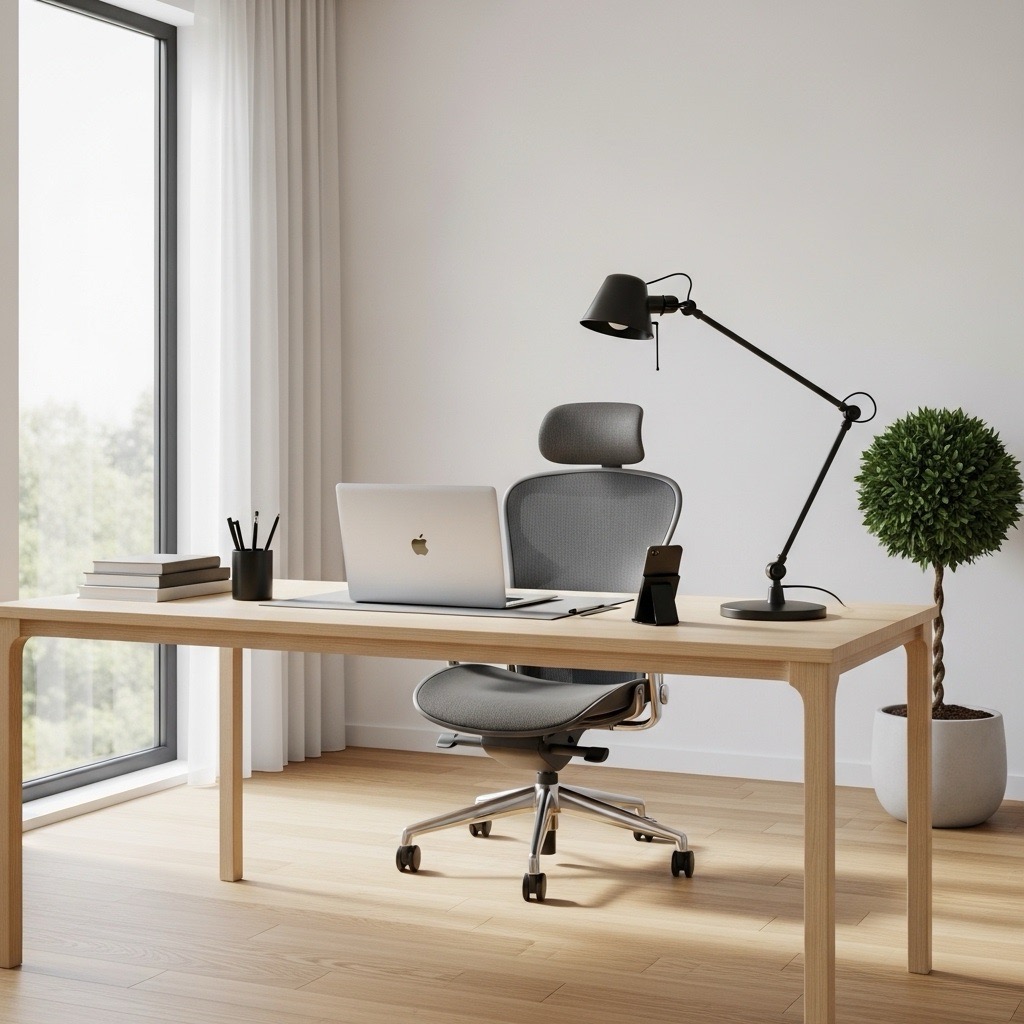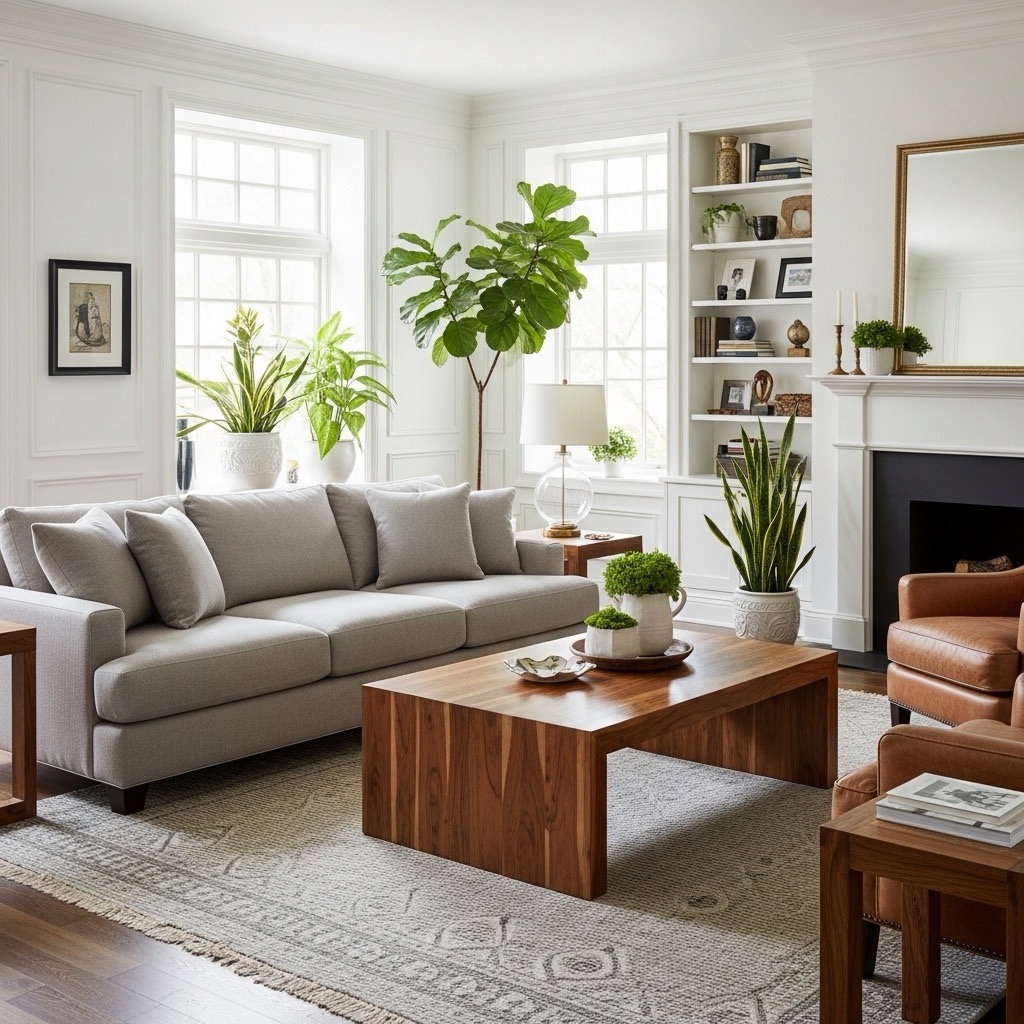The Hidden ROI of Good Design: How AI-Optimized Interiors Actually Save You Money
Think interior design is just about making your space look prettier? Think again. Well-designed interiors deliver measurable financial returns that go far beyond aesthetics. From reduced energy bills to increased productivity, the right design choices can literally pay for themselves – and AI-powered design tools are making it easier than ever to unlock these hidden savings.

The Numbers Don't Lie: Design as Investment
While most people think of interior design as an expense, savvy homeowners and renters are discovering it's actually one of the smartest investments they can make. Well-designed spaces can potentially:
- Reduce energy costs by 15-30% through optimized lighting and layout
- Increase productivity by up to 25% in home offices
- Improve sleep quality significantly, reducing healthcare costs
- Prevent costly mistakes that require expensive fixes later
- Increase property values by 10-15% with strategic improvements
The key is making design decisions based on data and optimization – exactly what AI excels at.
Energy Savings: The Most Immediate ROI
Smart Lighting Optimization
Traditional room layouts often ignore natural light patterns, leading to unnecessary artificial lighting costs. AI analyzes your space's orientation, window placement, and daily usage patterns to optimize furniture placement for maximum natural light utilization.
Estimated savings potential: Based on typical energy costs, repositioning a desk near a window and using light-colored furniture to reflect more natural light could save approximately $150-200 annually in reduced artificial lighting needs.
Strategic Color Choices
Light colors reflect up to 80% of light, while dark colors absorb it. AI factors in your room's lighting conditions to suggest color palettes that reduce the need for additional lighting.
The science: Light colors can reflect up to 80% of available light, while dark colors absorb most of it. This means rooms with lighter color schemes typically require 20-25% less artificial lighting during daylight hours.
Productivity Gains: Your Home Office ROI
The shift to remote work has made home office design more critical than ever. Poor workspace design doesn't just affect comfort – it directly impacts your earning potential.

Ergonomic Optimization
AI considers your height, work style, and daily tasks to suggest optimal desk heights, chair positions, and monitor placements. This prevents the physical strain that leads to:
- Reduced work hours due to discomfort
- Medical expenses for repetitive strain injuries
- Decreased focus and creativity
Estimated impact: We believe that proper ergonomic design can increase daily productive hours by 1-2 hours, which could potentially translate to $5,000-15,000 annually in additional income for knowledge workers.
Distraction Reduction
AI analyzes traffic patterns and noise sources to position workstations in optimal locations, away from high-traffic areas and noise sources.
Focus benefits: In our experience, well-designed home offices can lead to significantly fewer distractions and better concentration levels.
Sleep Quality: The Overlooked Financial Benefit
Poor sleep costs the average person $2,000+ annually in healthcare, reduced productivity, and sick days. AI-optimized bedroom design addresses the environmental factors that impact sleep quality.
Temperature and Airflow Optimization
AI considers your room's size, insulation, and ventilation to suggest furniture placement that promotes optimal air circulation and temperature regulation.
Light Management
By analyzing your sleep schedule and room orientation, AI suggests window treatments and lighting solutions that support natural circadian rhythms.
Sleep ROI: We believe that improved sleep quality from optimized bedroom design could potentially save $1,500-2,500 annually in healthcare costs and productivity losses.
Avoiding Costly Design Mistakes
The $3,000 Furniture Mistake
Traditional trial-and-error decorating often leads to expensive purchases that don't work. AI prevents these costly mistakes by:
- Accurately predicting how pieces will look in your actual space
- Ensuring proper scale and proportion before you buy
- Suggesting versatile pieces that work in multiple configurations
Reducing Re-dos and Returns
AI's ability to visualize complete designs before implementation dramatically reduces the need for costly returns, exchanges, and complete room re-dos.
Mistake prevention value: We estimate that the average homeowner spends around $1,200 annually on design mistakes and returns. AI-guided design could potentially reduce this by 70-80%.
Long-term Furniture Investment

Strategic Placement for Longevity
AI considers traffic patterns, sunlight exposure, and usage to suggest furniture placement that extends lifespan:
- Keeping upholstery away from direct sunlight
- Positioning high-use items for easy maintenance
- Ensuring proper ventilation around wood furniture
Quality Over Quantity Guidance
AI helps identify which pieces are worth investing in versus where you can save money, focusing your budget on items that will last and provide ongoing value.
The Compound Effect: Small Savings Add Up
When you combine all these benefits, the financial impact becomes significant:
- Annual energy savings: $200-400
- Productivity gains: $5,000-15,000
- Health and wellness benefits: $1,500-2,500
- Avoided mistakes and returns: $800-1,200
- Furniture longevity: $500-1,000
Total potential annual value: $8,000-20,100
Making ROI-Driven Design Decisions
Track Your Savings
Monitor energy bills, productivity metrics, and health indicators before and after implementing AI-optimized design changes.
Prioritize High-Impact Changes
Focus on modifications that deliver the biggest financial returns:
- Home office optimization (highest ROI for remote workers)
- Bedroom design for better sleep
- Lighting and color optimization
- Strategic furniture placement
Use AI to Maximize Every Dollar
AI helps ensure every design decision contributes to both aesthetics and financial returns by:
- Analyzing your specific usage patterns
- Considering your local climate and energy costs
- Factoring in your work schedule and lifestyle needs
- Optimizing for both immediate and long-term benefits
The Future of ROI-Driven Design
As AI continues to evolve, we're seeing even more sophisticated optimization:
- Integration with smart home systems for automated adjustments
- Predictive modeling for seasonal design changes
- Personalized recommendations based on your specific financial goals
Start Your ROI Journey Today
Good design isn't a luxury – it's a smart financial strategy. With AI-powered tools, you can make design decisions that pay for themselves while creating spaces you love living in.
Ready to discover how much your current space could be saving you? Start by analyzing your home office setup, bedroom environment, and lighting efficiency. The savings might surprise you.
The best part? Every dollar saved through smart design is a dollar you can invest in other areas of your life – or put toward your next design upgrade.